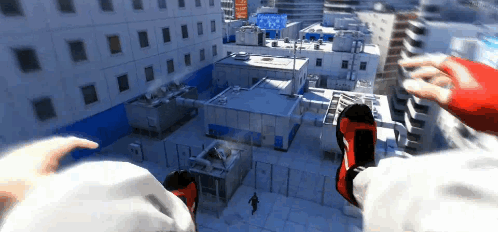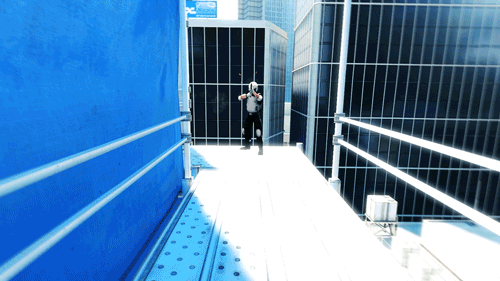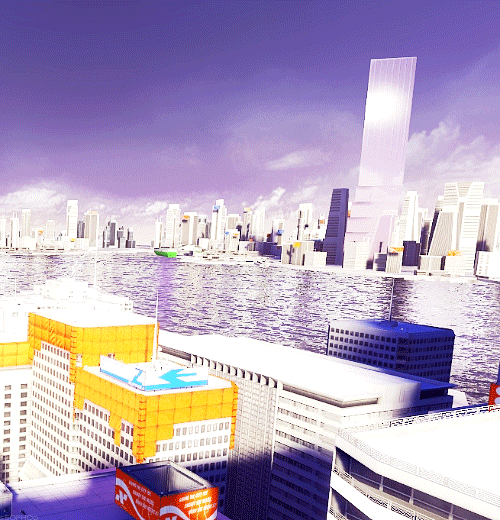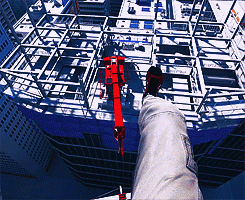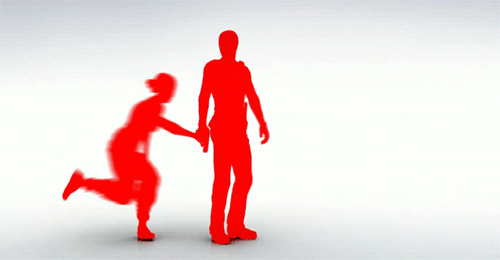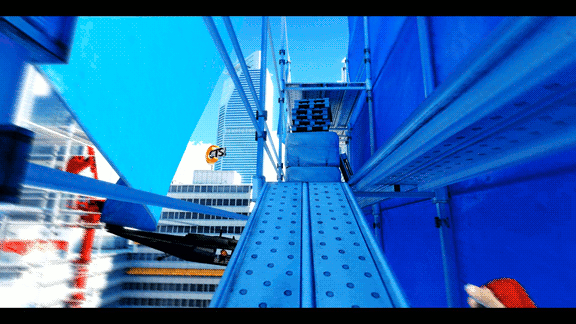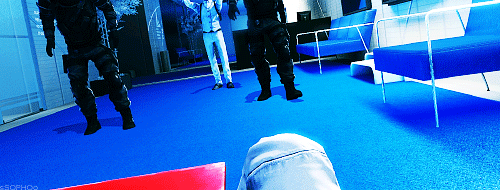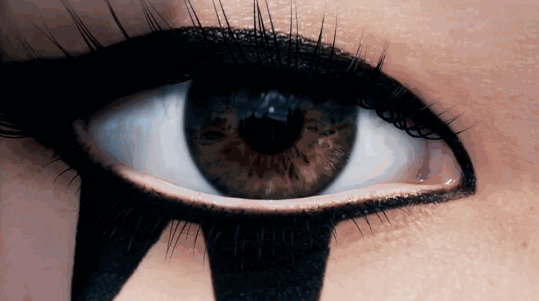By November of 2008, I had been a Microsoft “Xbox 360” owner for barely six months. And during that time I had the opportunity to play some open world games (“Grand Theft Auto IV” and “Saint’s Row” to be precise), dove into an even more beautifully rendered boxing ring with “Fight Night Round 3”, and had the chance to race around the world in “Forza”. But all of the games mentioned had a certain level of expectation to them that would make the experience either better or worse depending on the game’s quality.
By November, things were picking up as the holiday rush of games was upon us – and 2008 was a true gem of a year when looking back. Games like “Gears of War 2”, “Fallout 3”, “Far Cry 2”, and even releases of critically acclaimed games on additional platforms flooded the market. But one new intellectual property had a ton of hype behind it that had people claiming it would change the face of gaming as we knew it.
“Battlefield” creator EA Digital Illusions Creative Entertainment (or “DICE) left their comfort zone to produce a game not featuring military weaponry and online cooperative multiplayer, but a girl performing “parkour” (a holistic training discipline using movement that developed from military obstacle course training where individuals aim to get from “point A” to “point B” in the most efficient way possible while using only the human body and the surroundings). I rented the game on day one (thanks to a mix of having an early class and being one of the first people at the video store when they opened shop that day), giving it the proper time to “wow” me between playing the latest “Smackdown vs. Raw” and “Saints’ Row 2”. By the time my copy’s due date had arrived, I had grown frustrated with “Mirror’s Edge” and gladly returned it with the intent of maybe one day giving it a second chance. That day would come six years later when a sale arrived on Playstation Network that had the game listed at a nicely priced three dollars. I purchased it and began anew on an entirely different system with the hope that I’d be able to do what I couldn’t in 2008.
Did I Complete “Mirror’s Edge”?
As mentioned above, “Mirror’s Edge” looked to focus not on the single genre of platforming as seen in games like “Super Mario Bros.”, “Sonic The Hedgehog”, “Sly & Cooper” and more, but introduced an entire gaming audience to a new world of movement unlike anything seen before, during or since. The player is put in the body (well, through a controller) of “Faith” – a parkour-loving revolutionary runner/courier who carries physical communiqués around “the city”. The game is played completely from a first person perspective rather than third person like almost all platformers; giving it a distinct vibe and feel not seen in other games featuring a lot of running and jumping.
On my first playthrough (on the “360”), I found myself a little overwhelmed with the amount of button combinations needed to perform simple jumps, rolls and slides. By the time I got the hang of the control scheme, powerful gun-totting enemies arrived and situations where I had no idea where to go (and couldn’t hit the “which direction” button that spin’s the camera away from Faith) would result in a bloody red screen and me having to restart at a particular checkpoint. By chapter six, I had grown tired of being peppered with bullets and opted to call it a day (a “day” that would last six years).
I took my time, paid more attention and utilized video guides (only when I was stuck, mind you) to help me make it to the point of no return, chapter six. Ironically enough, the chapter proved to be a lot easier on my PS3 go-round (mostly thanks to Faith’s sliding kick to the groin of her enemies). The difficulty I experienced years ago slowly dissipated and resulted in me actually completing the game’s main mode (story mode).
But the game doesn’t conclude when the credits roll. Also a part of the game are “Race” and “Time Trial” modes where you traverse various areas to beat fellow runners and times set by players around the world. After a couple of time trial attempts, I felt I had enough of “Mirror’s Edge” for a while. There’s a chance that one day (or six years) I might muster up the tenacity to sit down and work my way through the various non-story modes in hopes of attaining what seems to be an incredibly difficult platinum trophy. But right now, that “chance” seems like a pipe dream.
Did “Mirror’s Edge” Live Up to the Hype?
For many, it was the “Game of the Year” for 2008. For others, it changed the way they perceived first person perspective video games. And for people like me, it reminded me how a great concept can suffer from execution not well thought out. But lets cover the positives first. Before the player can even get a chance see how the game works, the world a gamer is thrust into still looks gorgeous. Sterile white buildings and interiors surround the player while splashes of yellows, greens and reds vibrantly penetrate the eyes and senses unlike anything seen in video games that attempt to create the same feeling of being in a world held under the thumb of an oppressive regime. Unlike many games that arrived during “Mirror Edge’s” era, the style hasn’t suffered as the years (and technological advancements) continue to grow.
But what about the gameplay itself? “Mirror’s Edge” looks to take platforming to another level by simply putting the player in a first person perspective rather than the typical third person, behind the character view as seen in similar 3D platformers like “Prince of Persia: Sands of Time”. And unlike other first person games, Faith’s hands, arms, and legs are showcased time and time again rather than her being a simple floating mass that is able to leap and grab onto things. Thanks to the flowing physical art form the game is based off of, “Mirror’s Edge” creates an exhilarating thrill when the player is given the chance to take Faith from one point to another with the only fear of missing a drainpipe that seems too far away. The feeling of jumping off a ramp, landing on a rooftop (hopefully tumble rolling instead of sticking the landing), wall running to avoid a barbed wire fence prior to swinging your way to a random spot somewhere on the other side of the map is absolutely exhilarating. When you’re on a roll and everything is moving fluidly, this game plays unlike anything seen elsewhere – and that is the strongest, most addicting part of “Mirror’s Edge”.
Another impressive piece of gameplay regarding “Mirror’s Edge” is the ability to not fire a single bullet even though you can carry guns. Guns are treated as unnecessary power ups where the player can use them if he or she wants, but Faith is never truly in need of capping someone in the dome. It’s a great change of pace that is all too familiar in games (especially during this era).
On the opposite end of the gameplay spectrum is “Edge’s” technical follies. First the platforming itself can be hit or miss; featuring an exercise of trial and error (mostly error) that’ll have Faith plunging to her death or being turned into Swiss cheese by bullets firing from various directions that the player may or may not be able to see thanks to the game’s first person view.
When you the player is forced into combat situations, be it fist or fire fights, the game becomes almost too loose for comfort – causing missed punches, kicks and bullets that can turn a well-played chapter into a frustrating experience where the player is stuck restarting the same checkpoint over and over again. But no flaw in this game is grander than the lack of freedom. While one would assume that a game based on parkour would feature various routes for the player to complete a stage, the truth is “Mirror’s Edge” is extremely linear in nature. The game likes to give you a false sense of freedom during the early chapters, but insists time and time again that “this” path is the right and most effective way. It becomes more disheartening when you realize you’re on a rail when you shouldn’t be.
There’s also a lack of logic that a woman wearing nothing more than a tank top and track pants can take military level ammo to various (unseen by the player) parts of her body, yet be able to leap across, grab onto and scale buildings without a single hindrance is a little flabbergasting at times (though a lot of video game logic would have someone pulling their hair out if they just didn’t accept it for what it is/was).
Going back to the graphics, “Mirror’s Edge” isn’t a homerun from the ascetic perspective. During pre/post-chapters cutscenes, the game utilizes vector imaging similar to the old “Esurance” commercials rather than utilizing the Frostbite Engine that makes the in-game action look so gorgeous. There’s also a great sense of “been there, seen that” midway through the game as buildings both inside and out mirror what’s already been experienced before – though the deja vu ties into the game’s story.
That’s not to imply that the story is anything masterful. “Mirror’s Edge” does nothing to add to a long list of games, TV shows and movies telling the tale of a totalitarian government featuring a group of people trying to overcome all odds even through the simplest of means. The story is hampered by the fact every character feels wooden, lifeless, and cliché while spouting rhetoric that means little to nothing other than being dialogue for dialogue’s sake. No better proof that they were reaching for something meaningful from a story perspective is the fact the game’s story mode might take you six to eight hours to complete (counting multiple fails) and only features around two hours of actual storytelling.
If there’s one thing to be written or said about “Mirror’s Edge” it’s this: don’t believe the hype. Yes, it is stylish and very different than almost every game from its generation. But in “Mirror’s Edge” exists problems that no game with the amount of hype and following this game has should feature.
Should You Play “Mirror’s Edge”?
When “Mirror’s Edge” emphasizes its strongest point (perfectly blending freeform parkour with video game platforming), it’s a wonderful experience that is second to none in video games. But when “Mirror’s Edge” tries to become an action adventure game, the experience falters greatly. Featuring a short campaign/story mode and no free roam ability (though the time trials do add something to those dedicated to getting the most out of the game even if said trials can range from frustratingly difficult to rather easy), “Mirror’s Edge” leaves a lot to be desired from a long-term investment perspective. But in the short time spent with “Mirror’s Edge”, it’s hard to believe anyone wouldn’t be impressed by the game’s core mechanics. The game might not be as “revolutionary” and “great” as fans give it credit for being, but it is worthy of praise for doing something different in a mostly effective manner. Definitely give “Mirror’s Edge” a shot, but don’t be upset if you just don’t understand why so many people are anticipating the sequel.



